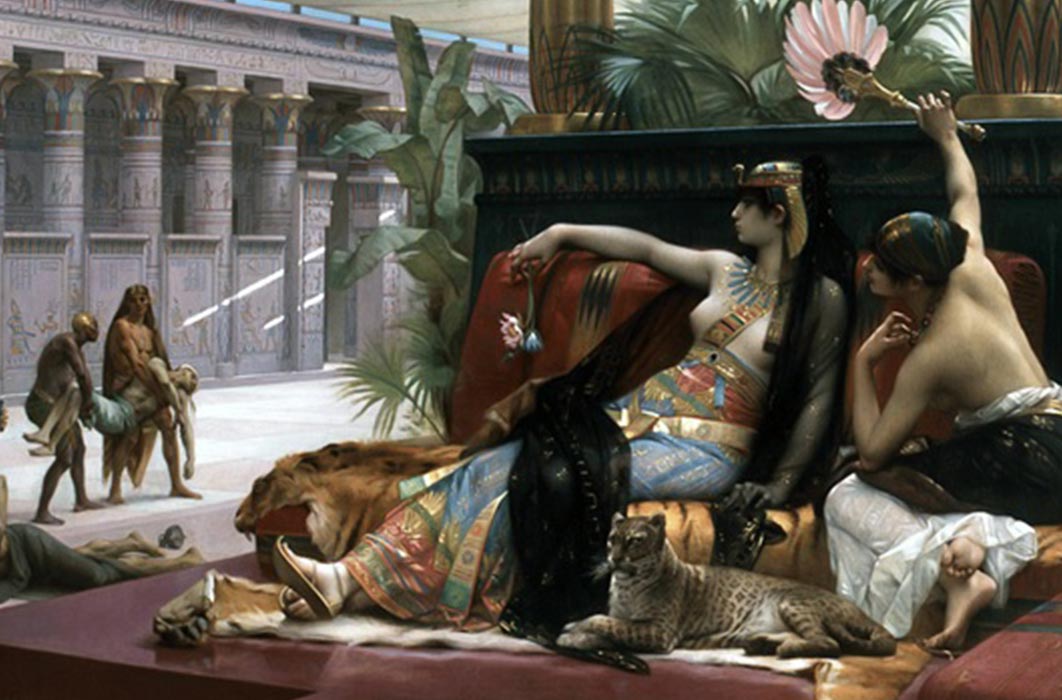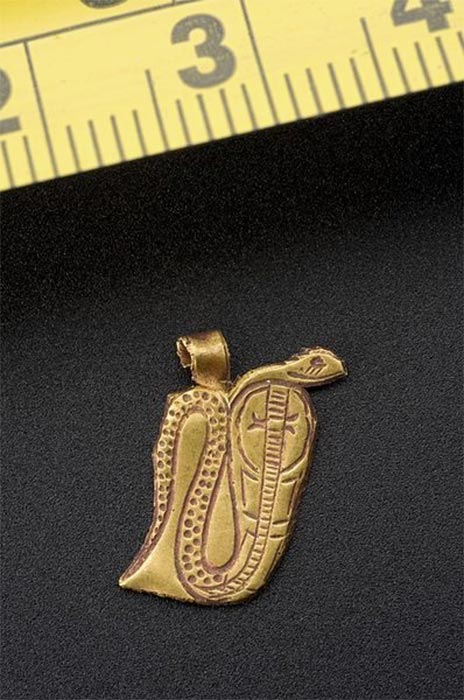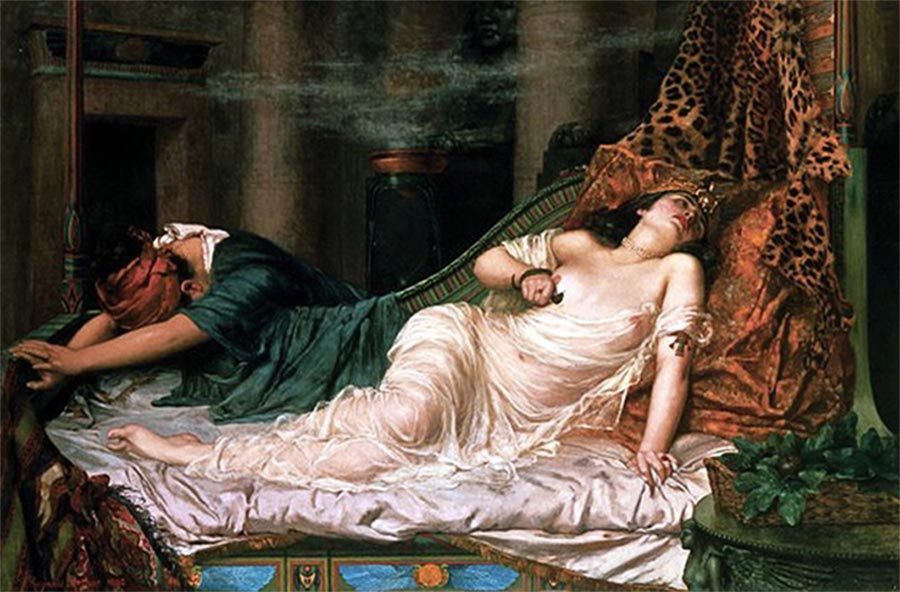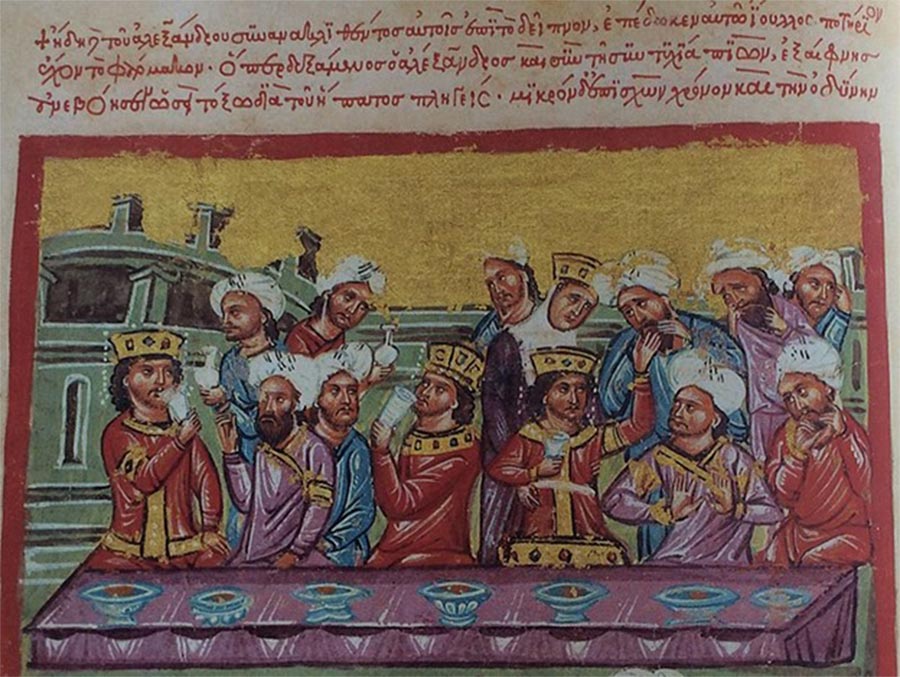
Poison Paranoia: Mythical Antidotes of Ancient Alchemists
Of all the ways to murder someone poisoning must be the most underhanded and downright evil way to proceed. The whole art of poisoning, as it is often referred too, was developed as a stealth way to murder one’s enemies before 4500 BC. Murder by poison required administering toxins in either large or repeated dosages and it was generally the choice mode of death of women trusted with the preparation of food and medicines. As civilizations expanded in size, people from all sexes and classes began poisoning one and another and as a deadly weapon it naturally inspired the creation of many, sometimes bizarre, anti-venoms. As ‘poison paranoia’ spread people went to sometimes bizarre lengths to protect themselves.
Ancient Civilizations in Toxic Shock
Compared to spearing, slashing or clubbing, poisoning is a tidy and more subtle, less detectable cause of death and early humans used varying potencies in their weapons. The ancient secrets of preparing killer brews were often closely guarded by elders who used their deadly knowledge to gain greater power and status within groups, which some scientists believe may have evolved into the Shaman, or medicine man clans of indigenous cultures.

Gold amulet discovered in Egypt dated to 2000-100 BC. Belied to providing protection from poison a female cobra, a uraeus, was a symbol of authority used by ancient Egyptian kings and queens. (Wellcome Images / CC BY-SA 4.0)
Around 3300 BC, tribes began evolving into civilizations and weapons were designed specifically for poison enhancement. Around 3200 – 3000 BC the earliest known Egyptian pharaoh, Menes, studied the properties of poisonous plants and venoms and he held deep knowledge about copper, crude arsenic, lead, opium, and mandrake which are all recorded in papyri. By 331 BC political dinner table poisonings were common and it was the preferred method of kings, who wished to dispose unwanted political opponents. The famous Queen Cleopatra of Egypt poisoned herself after hearing of her lover, Roman general Marc Antony's demise. According to a 1986 Readers Digest article titled Magic and Medicine of Plants, before she died, she disposed of hundreds of servants (slaves) by trail runs of different types of poisonous plants including belladonna, henbane, and the strychnine tree's seed.

Death of Cleopatra by Reginald Arthur (1892) (Public Domain)
Something dark occurred globally about 300 BC when alchemists in distant cultures all mastered the secrets of poisons at the same time. Around 300 BC in Egypt the alchemist Agathodaemon mixed an unknown mineral with natron and produced a fiery poison capable of dissolving in water and giving a clear solution. In 2005, Dr. John Emsley speculated that the fiery poison was arsenic trioxide and that the unidentified mineral was either realgar or orpiment. In India between 350 – 283 BC, Kautilya, adviser and prime minister to the first Maurya Emperor Chandragupta, advised on the use of ‘seduction, secret use of weapons, and poison for political gain’. According to Dr. Wujastyk’s book, ‘The Roots of Ayurveda: Selections from Sanskrit Medical Writings, an Indian surgeon by the name of Sushruta defined the stages of slow poisoning as well as the remedies for slow poisoning and he also studied antidotes using traditional substances to counter the effects of poisoning.

Alexander poisoned. Hellenic Institute codex 5 f. (Public Domain)




